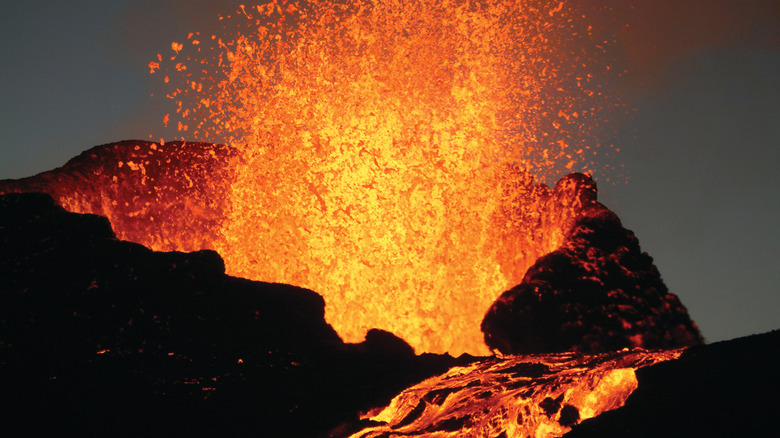The Unstoppable Force Beneath Costa Rica’s Serene Beauty
Imagine a world where a city thrives, unaware of the slumbering giant beneath its feet. This isn’t the plot of a blockbuster movie but the real-life scenario of Costa Rica’s Central Valley, where volcanic titans rest, biding their time until their next awakening. According to Phillip B. Gans, a distinguished geology professor from the University of California, Santa Barbara, it’s not a matter of if, but when, these geological behemoths will stir.
A Reminder from the Past
Drawing parallels to the Mount St. Helens eruption, which is often cited as a mild hiccup compared to what Costa Rica might face, Gans underscores the magnitude of the threat. Pyroclastic flows, those devastating rivers of ash and molten despair, could one day cascade down Costa Rican slopes, obliterating everything in their wake with temperatures soaring to 1000 degrees Fahrenheit and speeds rivaling that of a freight train.
A Four-Month Notice from Nature?
While Mount St. Helens graciously offered a four-month forewarning, allowing for a semblance of preparedness, Costa Rica’s fiery guardians may not be as courteous. The unpredictability of these natural colossuses leaves room for concern, especially given the densely populated Central Valley, a region home to more than half of the nation’s populace, nestled among several potentially volatile peaks.
Gans’ Geological Detective Work
Fueled by curiosity and a colleague’s request, Gans embarked on a volcanic rock dating quest that painted a comprehensive picture of Costa Rica’s volcanic narrative. Through meticulous examination of 450 samples, Gans pieced together a geologic chronicle, revealing that the dance between the tectonic plates beneath Costa Rica has been orchestrating volcanic symphonies for over 24 million years.
The Subduction Connection
Much like the scenario unfolding in the Cascades of the Northwestern United States, Costa Rica’s volcanic lineup owes its existence to subduction – a process where one tectonic plate succumbs to another, diving deep into the Earth’s mantle, only to rise again as molten vengeance. This geological tango has spawned eruptions and shaped the landscape for millennia, with major pyroclastic performances dotting the last million years, the latest curtain call occurring roughly 324,000 years ago.
A Future Carved in Ash
The implications of Gans’ findings are stark. Should history decide to repeat itself, Costa Rica’s Central Valley could be swathed in a deadly blanket of ash and pumice, rendering it unrecognizable. Such an event would devastate major urban centers, including San Jose, transforming them into mere memories etched beneath layers of volcanic debris.
An Ongoing Saga
In collaboration with experts from the University of Costa Rica and beyond, Gans continues to unravel the mysteries of these ancient eruptions, aiming to better understand the forces that have shaped, and will continue to shape, this vibrant nation. As we ponder the inevitability of nature’s wrath, the work of Gans and his team serves as a crucial reminder of our planet’s dynamic essence and the need for vigilance in the shadow of sleeping giants.

